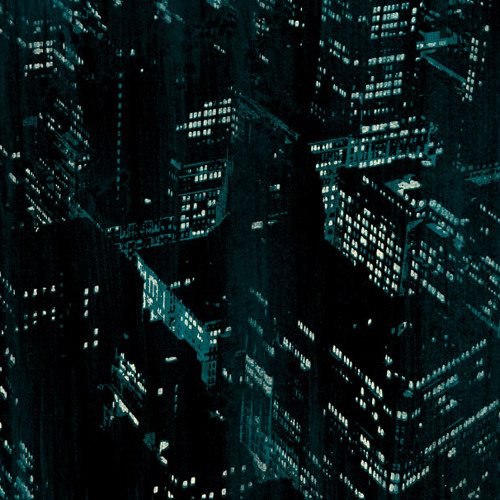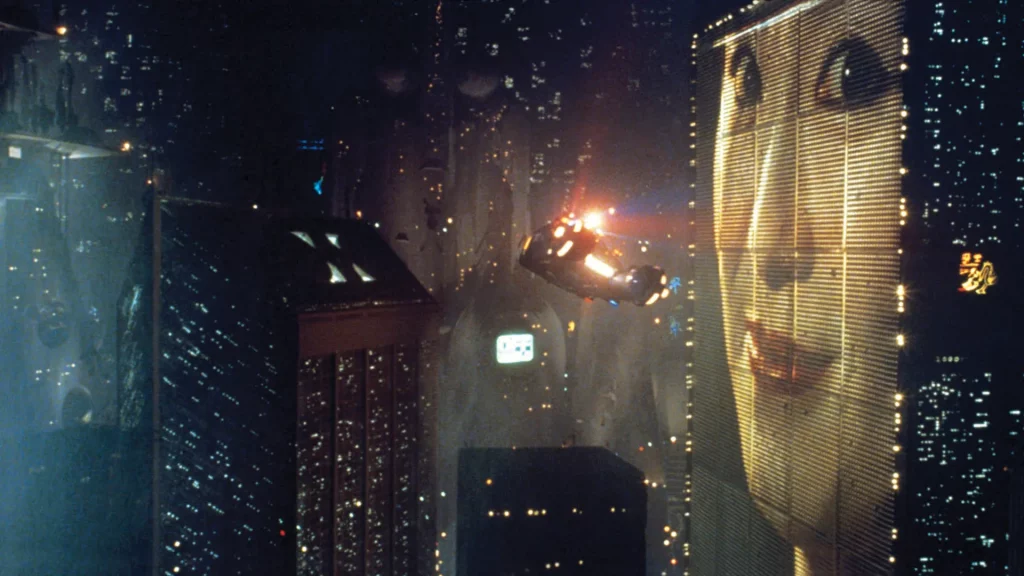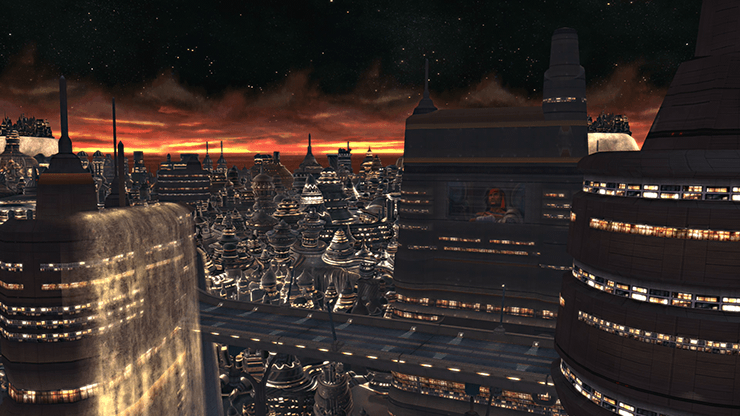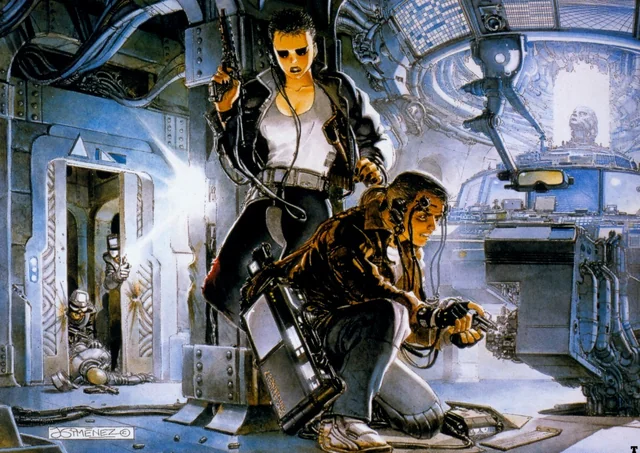Author Kaitlyn Murray

William Gibson’s Neuromancer and Ridley Scott’s Blade Runner explore posthumanism, questioning what it means to be human as technology increasingly integrates with human life. Posthumanism challenges rethinking what it means to be human in a world where technology and flesh are merging, past the traditional image of human. In both works, the loss of humanity through technological enhancements is a central theme.
In Neuromancer, Molly Millions is the epitome of the blurred line between human and cyborg. Her cybernetic implants, including augmented eyes and retractable razor claws, enhance her abilities beyond human limits. Molly’s augmented eyes allowed her to see with more precision and a broader range of frequencies than a natural human. These enhancements allowed her reflexes to be sharper. Additionally, Molly’s mirrored lenses made it impossible for others to see where she was looking or read her emotions. Lastly, Molly’s retractable claws made her lethal in close combat.
Molly’s fusion of flesh with machines reinforces Molly’s hybrid not so human-like nature because although her implants make her more powerful, they also alienate her from humanity. Additionally, the mirrored lenses obscuring her emotions, the ignoring of pain, and the act of Molly desensitizing herself and becoming a “meat puppet” to help pay for her technological advancements further underscores her loss of humanity in the pursuit of technological advancement.
In Blade Runner, the replicants look like and act like humans, however, are treated inferior to humans, highlighting the loss of humanity when beings capable of genuine feeling are denied their rights and personhood. For instance, Rachael, a replicant, poses an interesting question to Rick Deckard, a blade runner: “Would you put a human into ‘retirement’ (death)? Blade Runners dehumanize replicants as they with ease eliminate technological beings perceived as less than human. Rachael asking questions about life and death illustrates the moral complexities of replicants being human in their emotions and in their experiences.
Additionally, the replicant’s possession of implanted human memories emphasizes the theme of the loss of humanity through technology. Human Personhood and Identity are lost in Blade Runner as one’s deepest memories are not their own anymore. Also, these artificial memories distort the replicant’s sense of individuality and personal identity.
Both Neuromancer and Blade Runner warn us of all of the implications of technology on our understanding of what it means to be human. We are already walking into a world similar to science fiction as humanoids are already among us as Elon Musk introduced Optimus performing simple tasks. As well as Morgan Stanley estimating that by 2040, the US may have 8 million working humanoid robots. As we integrate more with technology, we face similar challenges about identity and what it means to be human. As we continue the pursuit of technological innovation, will we move further and further from our traditional concept of humanity or learn from the books before us?
Works Cited:
Humanoid Helpers of the Future | Morgan Stanley. (2024). Morgan Stanley. https://www.morganstanley.com/ideas/humanoid-robot-market-outlook-2024
McCallum, S. (2022, October 1). Tesla boss Elon Musk presents humanoid robot Optimus. BBC News. https://www.bbc.com/news/technology-63100636






